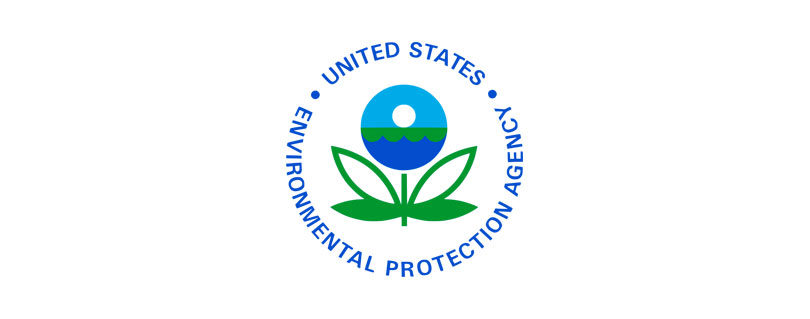EPA Recommends that People in the Great Lakes Region Prepare Now to Avoid Potential Exposure this Summer to Wildfire Smoke
Publilshed by the U.S. Environmental Protection Agency (EPA)
U.S. Environmental Protection Agency is encouraging residents in the Great Lakes region to be prepared for wildfire smoke this summer. EPA advises everyone to stay informed about local air quality and put plans in place to reduce their exposure to wildfire smoke and protect their health.
“Although big wildfires may be hundreds– if not thousands– of miles away, recent years have taught us that we need to be ready for severe smoke in the Great Lakes region,” said EPA Regional Administrator Debra Shore. “Knowing what you can do to reduce smoke exposure helps families breathe easier and stay healthy.”
Summer wildfires in the United State and Canada are becoming bigger and more frequent. Last summer, Canada experienced a record number of wildfires, producing smoke that caused unhealthy air quality and led to widespread health advisories across the Great Lakes region and the United States.
Everyone can take the following steps to safeguard themselves from smoke and air pollution during a wildfire:
- If you do not have an air conditioner and it is too warm to stay indoors with closed windows, seek shelter with friends or relatives, or at a local public building with air conditioning such as a movie theater, mall, library, or local clean air shelter.
- Keep a supply of N95 or P100 respirators to wear if you go outside when air quality is unhealthy. Respirators can help prevent the inhalation of soot and fine particles in smoke.
- Consider buying a portable air cleaner (avoid technologies that generate ozone) or make a DIY air cleaner.
- Learn how to adjust your HVAC system or air conditioner to keep smoke out, and consider buying a high-efficiency (e.g., MERV-13) HVAC filter.
- Replace filters according to manufacturer recommendations, typically every 60-90 days or earlier if they are heavily soiled.
- Ensure children, older adults, pregnant people, and people with asthma or other lung or heart conditions have at least 5 days’ worth of medication and food on hand to avoid going outside.
- People with asthma or other lung or heart conditions may consider developing a medical action plan in consultation with a healthcare provider along with an evacuation plan if heavy smoke persists for several days.
EPA offers free resources for the public to monitor air quality conditions and forecasts in real time. The AirNow Fire and Smoke map provides information on fire locations, smoke plumes, near real-time air quality and protective actions to take. Air quality alerts can be accessed through EnviroFlash, the AirNow website , and the AirNow app. Check out your state’s air websites and social media accounts for detailed local information and forecasts.
Wildfire smoke can cause air quality to deteriorate rapidly and become unhealthy, especially for children, older adults, pregnant people, and people with heart or lung diseases. Wildfire smoke is a mix of gases and fine particulate matter that are released from burning wood and other organic materials. Fine particulate matter from wildfire smoke is the greatest health concern because it can irritate the eyes and the respiratory system worsening worsen symptoms of chronic cardiovascular disease and respiratory diseases such as COPD and asthma.
Since poor air quality affects everyone, EPA encourages the public to modify outdoor activities and protect their air quality indoors too. Individuals and businesses can help by driving less, cutting energy usage and avoiding vehicle idling and outdoor fires this summer.
More tools and information are available on EPA’s website, Air Quality Alerts from EnviroFlash, AirNow and AirNow Fire and Smoke Map.
Read the full article at: https://www.epa.gov/newsreleases/epa-recommends-people-great-lakes-region-prepare-now-avoid-potential-exposure-summer



